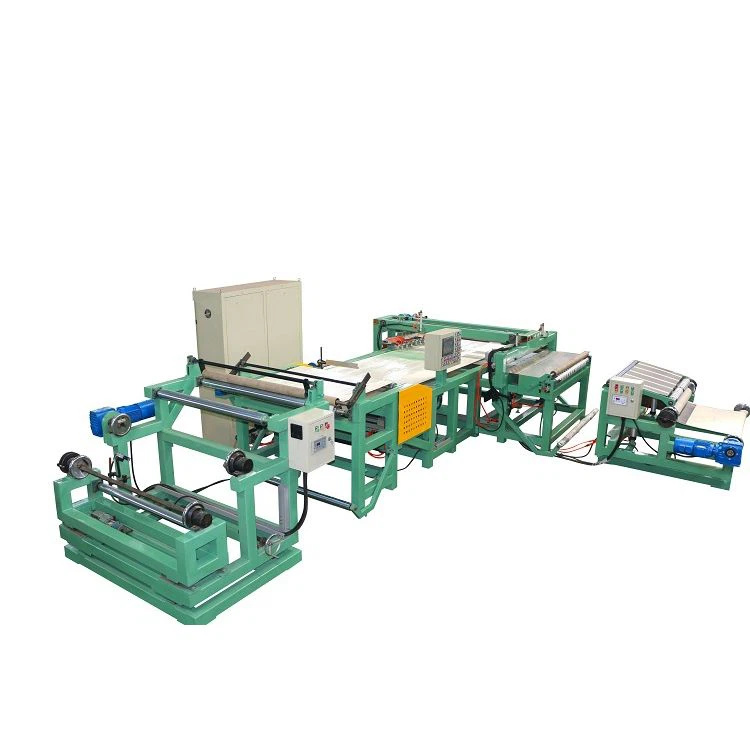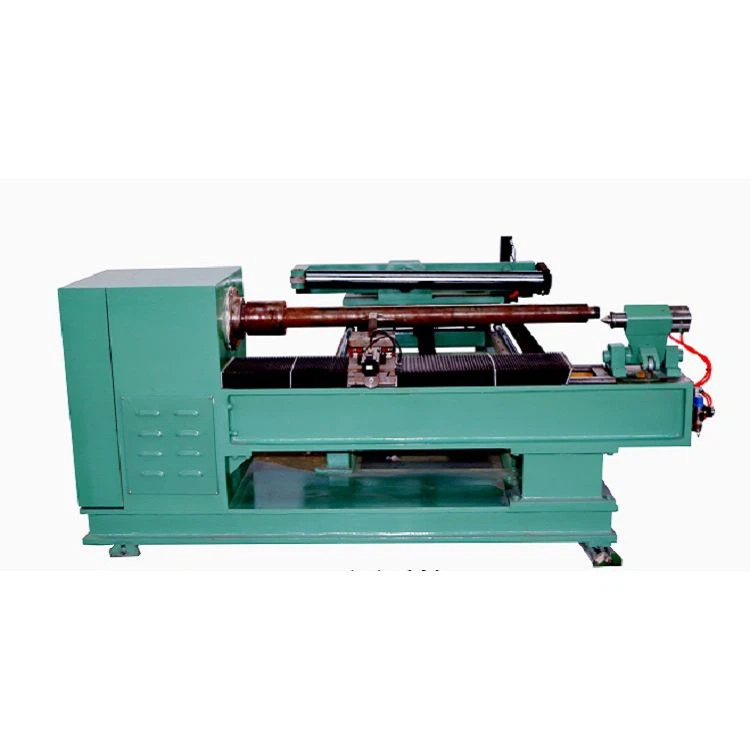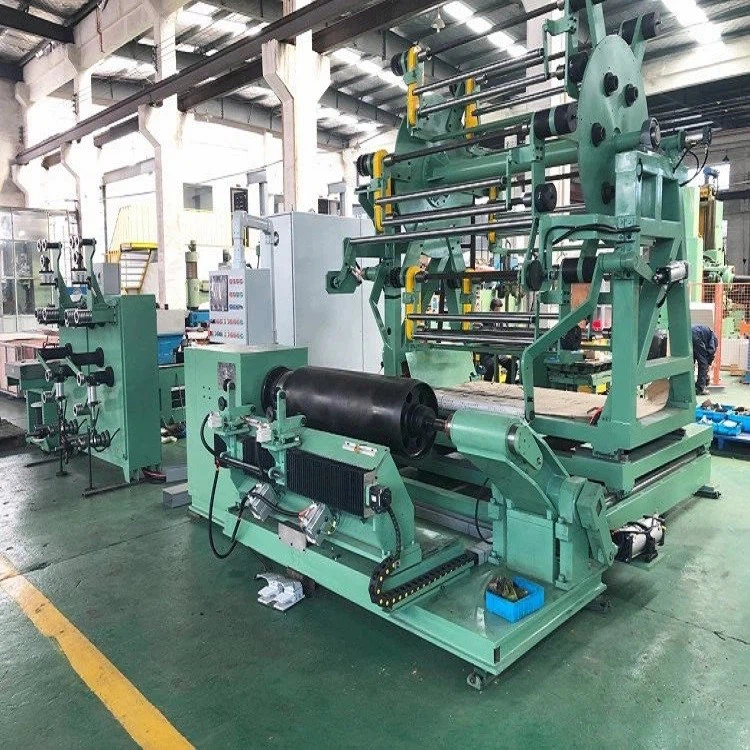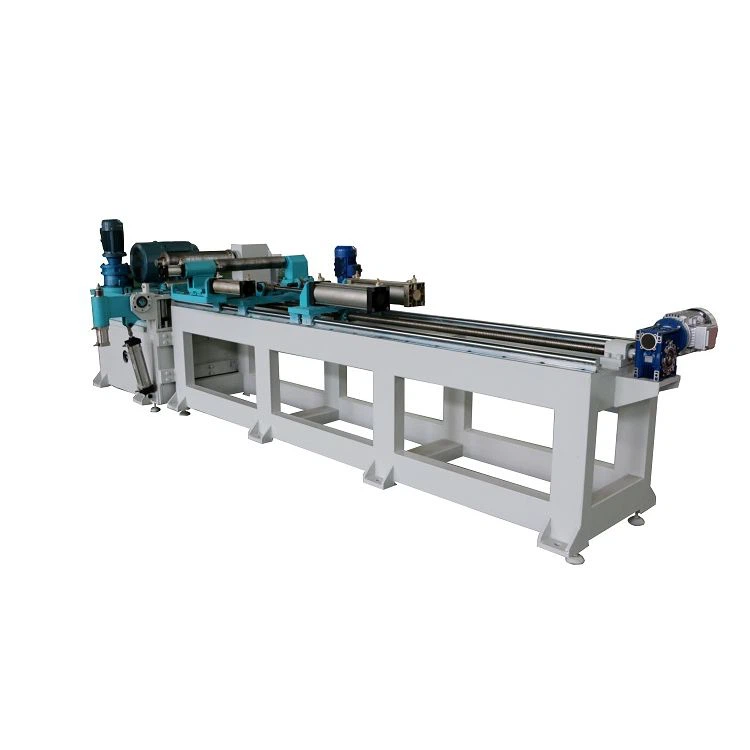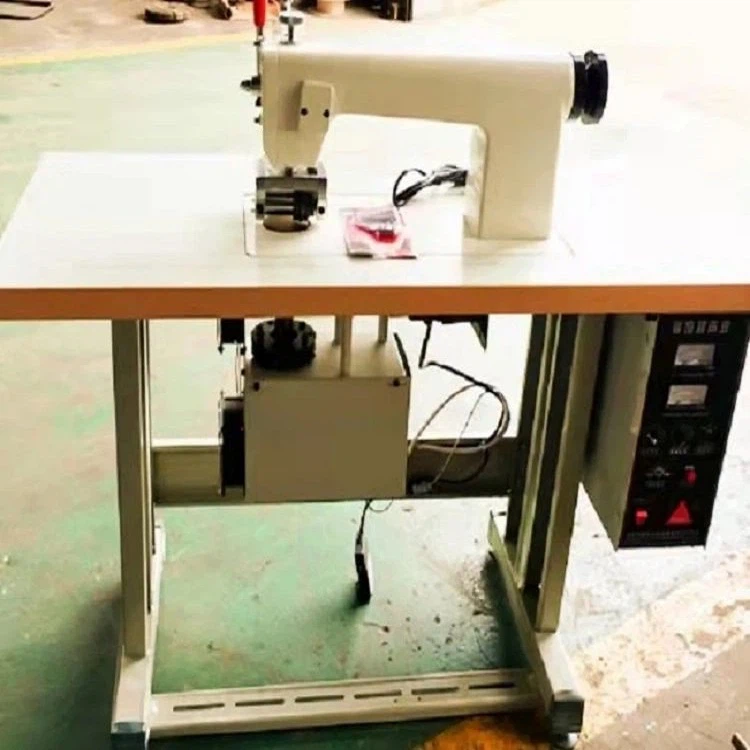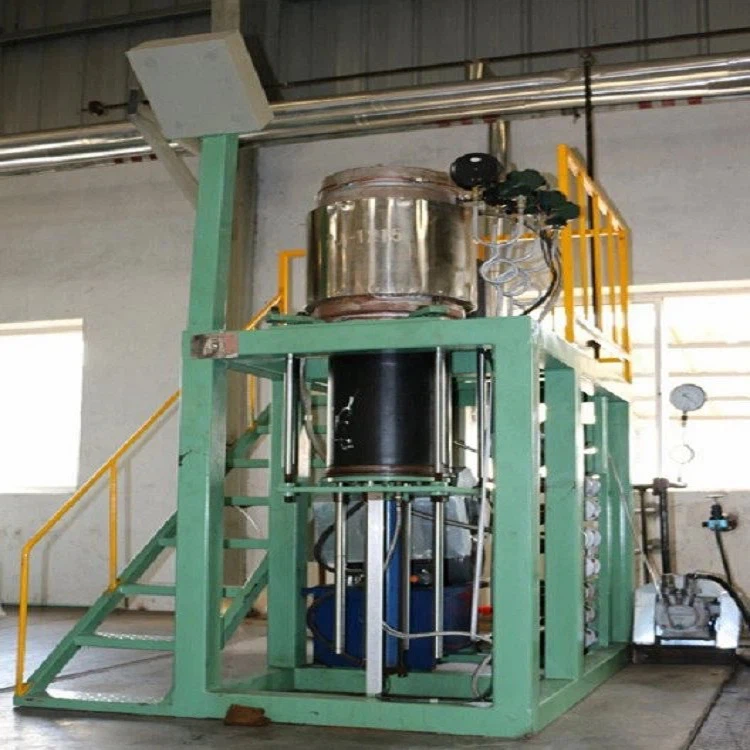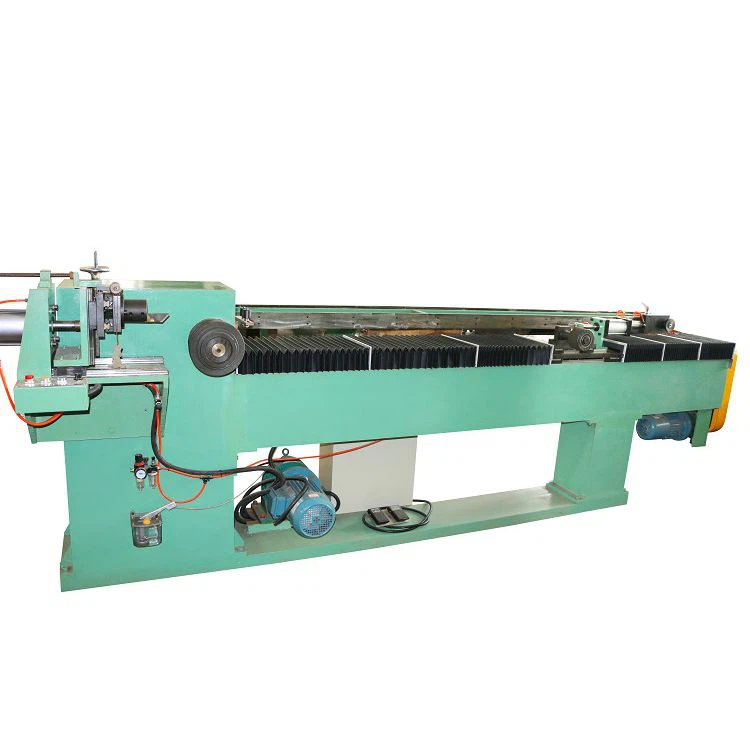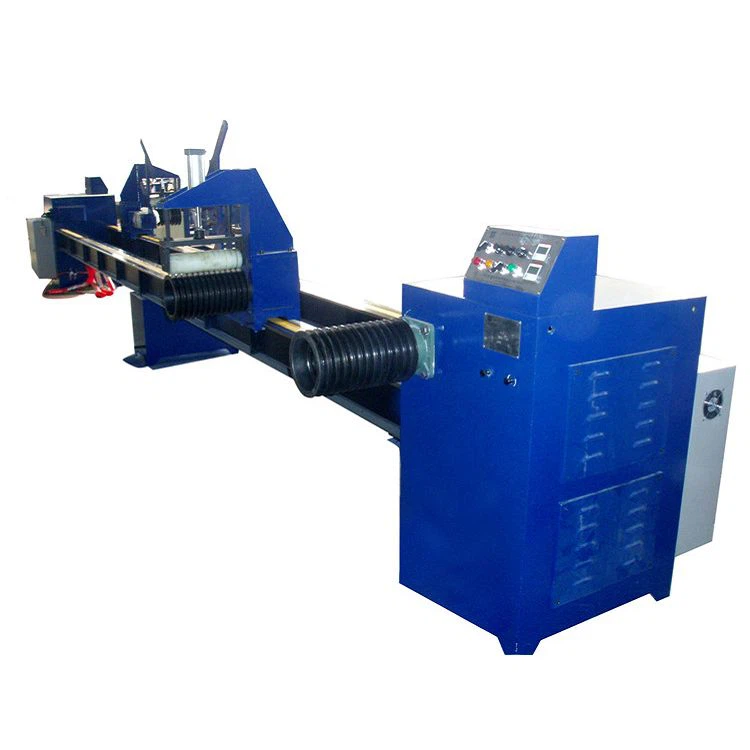Why Choose Us
Factory
We insist on the management purpose that "taking the human resources as the dominant factor, reputation if first, users are uppermost".
Sustainable Success
We apply co-creation methodologies. The resulting ownership is a sound basis for sustainable success.
Exceptional Customer Service
Our promise is to guarantee the perfect quality and service.
Rich Experience
We only focused on the development and production of transmission rubber belt equipments.
Related Product
The equipment is used for short fiber cutting and splicing with 90°and make a roll.
The equipment is used for timing belt ,V belt ,poly belt drum's right-angled rectangle cutting.
The equipment is used for various kinds of V-belt, agricultural belt and banded v-belt building need to winding, rubberizing, cutting, etc. functions.
The equipment is used for cured timing belt sleeve back grinding process.
Use ultrasound to splice the canvas for the synchronous belt manufacturing process.The equipment is easy to operate and can weld synchronous belt canvas well.
For molded poly-V belt curing process the equipment has simple operation controlled by PLC, adopts high pressure and high temperature vulcanization.
The equipment is used for mainly used for building machine cut the strip edge of vbelt make the angle of the strip weight to reach wrapped vulcanization process requirement.
The equipment is used for banded belt Top rubber sheet bonding process can complete the combined with a curing molding, has the advantages of fast, simple, convenient and so on, is the main manufacturers do combined with the advantages of the choice.
The equipment is used for after vulcanizing v belt,timing belt,poly belt rubber belt tubular then to stripping.
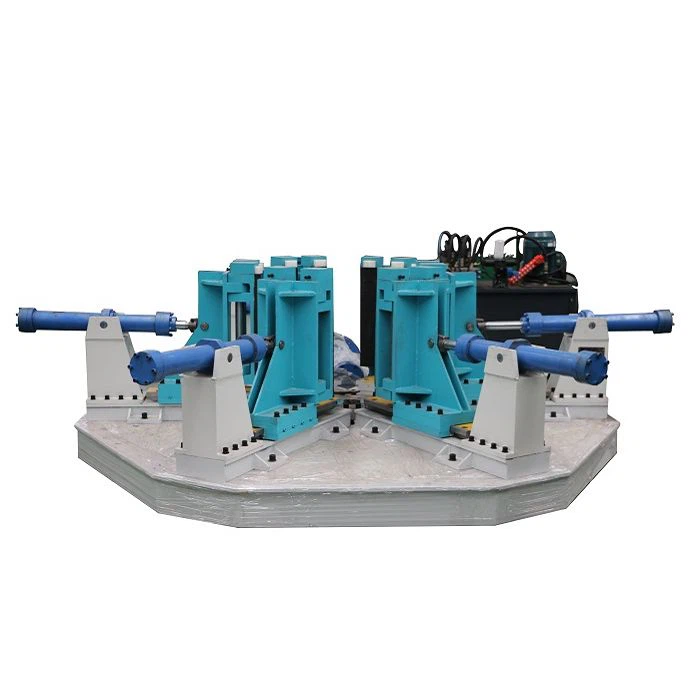
A Mold Release Machine is an industrial device designed to apply a mold release agent to the surface of molds used in various manufacturing processes. These agents are applied to prevent the adhesion of the product to the mold during the curing or cooling phase, facilitating easy removal of the finished item from the mold without causing damage to either the product or the mold itself.
Although oil Molds Release Machine are easy to apply and have good release effects, they may pollute the surface of structural components and affect decoration, so they should be used with caution. Among them, the emulsified engine oil should be prepared according to the emulsified engine oil: Water = 1:5 (volume ratio), stir evenly and then apply, the effect is better.
After the methyl silicone resin film is cured, it is transparent, hard, wear-resistant, heat-resistant and water-resistant. Coated on the steel mold surface, it not only plays an isolation role, but also plays a rust-proof and protective role. The material is non-toxic and can be sprayed or brushed.
Molds Release Machine can be used at low and negative temperatures.
During preparation, the containers and tools must be clean, free of rust, and free of impurities. After using the tools, clean them with alcohol and let them dry. Since ethanol is easily solidified when added, it is not advisable to mix too much. Therefore, it should be prepared according to the dosage, and how much is used. When thickening or gelling occurs, use should be discontinued. Methyl silicone resin will accelerate polymerization when it comes into contact with light, heat, air and other substances. It should be stored in a dark and cool place. After each use, the lid must be tightly closed to prevent moisture from entering. The storage period should not exceed three months.
Before applying methyl silicone release agent for the first time, the board surface should be thoroughly scrubbed clean, polished to a metallic luster, wiped off floating rust, and then scrubbed with cotton gauze dipped in alcohol. The cleaner the surface treatment, the stronger the mold will be and the more times it will be used. Use methyl silicone release agent, and no anti-rust paint is allowed on the surface of the template. When the steel mold is re-applied with release agent, use a flat shovel, brown brush, or cotton wool to clean up the scum while the board surface is wet after the mold is removed. Otherwise, it will be more difficult to clean up after it dries.
The Molds Release Machine can be applied by spraying or brushing, and the operation should be rapid. After conjunctiva, do not brush back to avoid gumming. The coating should be thin and even. If it is too thick, it will easily peel off.
Principle Of Molds Release Machine
The working principle of the Molds Release Machine is mainly based on air pressure or hydraulic pressure as the power source. Through the cooperation of the mechanical system and the hydraulic system, the mold and the product can be separated quickly and accurately. Specific work processes include:
The mechanical system first holds the mold in place.
The hydraulic system provides power to push the demoulding head forward.
The mechanical system then recovers or removes the demolded mold from the work area.
The integrated Molds Release Machine usually consists of a host machine, a hydraulic system, an electronic control system, a mold frame and a demoulding mechanism. The main machine carries the mold and various mechanisms, the hydraulic system provides the driving force required for the action, the electronic control system controls the various actions of the machine, the mold frame is used to carry the mold, and the Molds Release Machine is responsible for peeling the parts from the mold.
The working process of the Molds Release Machine can be divided into three stages:
In the mold loading stage, the machine loads the mold onto the mold frame automatically or manually.
In the product production stage, the equipment performs operations such as pressurization, heating or cooling according to the set program, so that the raw materials are formed into products in the mold.
In the product demoulding stage, the demoulding mechanism peels the part from the mold to complete a production cycle.
The advantages of the integrated demoulding machine are its high efficiency, high degree of automation, continuous production, improved production efficiency, reduced manual intervention, and improved production quality. It also has the advantages of energy saving, environmental protection, and easy maintenance. It is suitable for the molding and processing of various types of plastics, rubber, metal and other materials, and is widely used in plastic product production, rubber product production, metal casting and other fields.
How to use the Molds Release Machine
Basic structure of Molds Release Machine
The Molds Release Machine is a mechanical equipment used for mold detachment. It usually consists of a main machine, a lifting device, a clamping device, an electrical control system and other parts. The main machine consists of a frame, a turntable, a limiting device, a lifting device, etc. Commonly used clamping devices include pneumatic clamping and hydraulic clamping.
Operation steps
1. Preparation: Place the mold to be demoulded on the turntable of the demoulding machine, and adjust the position of the limiter as required.
2. Operation steps: Press the start button of the electrical control system to make the turntable start to rotate, and at the same time the lifting device starts to rise, lift and clamp the mold, and then lower the mold clamp to make the mold leave the mold plate.
3. Precautions: Pay attention to safety when operating. Do not touch the rotating parts and clamping parts of the machine when the machine is running. Operators must wear safety equipment and operate in accordance with operating procedures.
Maintenance and troubleshooting
1. Maintenance: After the demoulding machine has been used for a period of time, it needs to be cleaned, lubricated and maintained. Regularly check whether various parts of the machine are worn, loose or damaged, and replace parts in a timely manner.
2. Troubleshooting: The Molds Release Machine may experience clamping failure, position deviation or electrical failure during use. At this time, it is necessary to stop the machine in time to eliminate the fault, follow the operation manual or ask professionals to perform maintenance.
3.Summary: The Molds Release Machine is an important mold processing equipment. It has the advantages of simple operation, high efficiency and high precision. However, it also needs to pay attention to safety, maintenance and troubleshooting. Only correct use and maintenance can ensure the normal operation of the demoulding machine, improve production efficiency and reduce production costs.
Operation steps of Molds Release Machine
Adjust the working position of the Molds Release Machine and align it with the mold to ensure safe and convenient operation.
Turn on the power switch of the Molds Release Machine and set the appropriate operating mode according to actual needs.
According to the type of mold used, select the appropriate working mode of the demoulding machine, such as pull-up,Launch and other modes.
Switch to manual mode and adjust the operating speed and stroke of the Molds Release Machine to suit the specific requirements.
Manually operate the Molds Release Machine for trial operation, observe its working status, and ensure that everything is normal.
If there are no problems in the trial operation, you can switch to automatic mode and perform formal operation.
1. Regularly inspect and maintain the demoulding machine, including lubrication, inspection and replacement of fasteners
wait.
2. Pay attention to checking the electrical system of the demoulding machine to ensure that the connection is firm and the wires are not damaged.
3. Regularly clean the work surface and slide rails of the demoulding machine to maintain the normal operation of the equipment.
4. If there is a fault or abnormal situation, please contact maintenance personnel in time for processing.

Safety operation of Molds Release Machine
Only workers who have received professional training and obtained certificates can operate;
Before starting operation, you need to check all parts of the demoulding machine to ensure that the equipment is intact;
Do not wear loose clothes or accessories during operation to avoid being caught by the machine;
During the operation of the demoulding machine, do not touch or adjust the machine parts at will;
Do not put your hands into the mold to avoid being caught or damaged by the machine;
If any abnormality is found in the machine, it should be stopped immediately and contact maintenance personnel for inspection;
Strictly abide by the operating instructions and pay attention to safe operation.
Specific methods of Molds Release Machine
Forced Molds Release Machine: Use mechanical force to forcefully eject or pull the part from the mold. This method is suitable for small, light-weight or simple-shaped parts.
Compressed air Molds Release Machine: Use compressed air to blow the parts away from the mold. This method is suitable for lightweight, small parts or complex-shaped parts that are difficult to eject with mechanical force.
Vibration Molds Release Machine: By vibrating the mold, the friction between the part and the mold is reduced, so that the part can be easily ejected or pulled away from the mold. This method is suitable for small, light-weight or simple-shaped parts.
Vacuum Molds Release Machine: Use vacuum suction to suck the part out of the mold. This method is suitable for parts with large surface areas or complex shapes, as well as parts that need to be protected from the influence of mechanical forces.
The pressure of air Molds Release Machine is usually between 0.2-0.6MPa, which depends on the following factors:
Hardness of the product material: The higher the hardness of the material, the greater the air pressure required for demoulding;
The shape of the mold: The complexity and tightness of the mold will also affect the amount of pressure required for demoulding;
Mold surface treatment: The surface treatment and coating of the mold will also affect the amount of pressure required for demoulding.
It should be noted that during actual operation, the pressure for air Molds Release Machine should not be too large or too small. Too much pressure will cause deformation, cracks and even internal rupture of the product, while too little pressure will not achieve the demoulding effect. Therefore, in specific operations, adjustments need to be made according to the requirements of materials, molds and required products.
Certifications


Our Factory
We insist on the management purpose that "taking the human resources as the dominant factor, reputation if first, users are uppermost". Our promise is to guarantee the perfect quality and service.

FAQ
Hot Tags: molds release machine, China, suppliers, manufacturers, factory, made in China, industrial belt launch, industrial belt roll out, belt scaling, raw edge belt introduction, raw edge belt premiere, industrial belt extension

